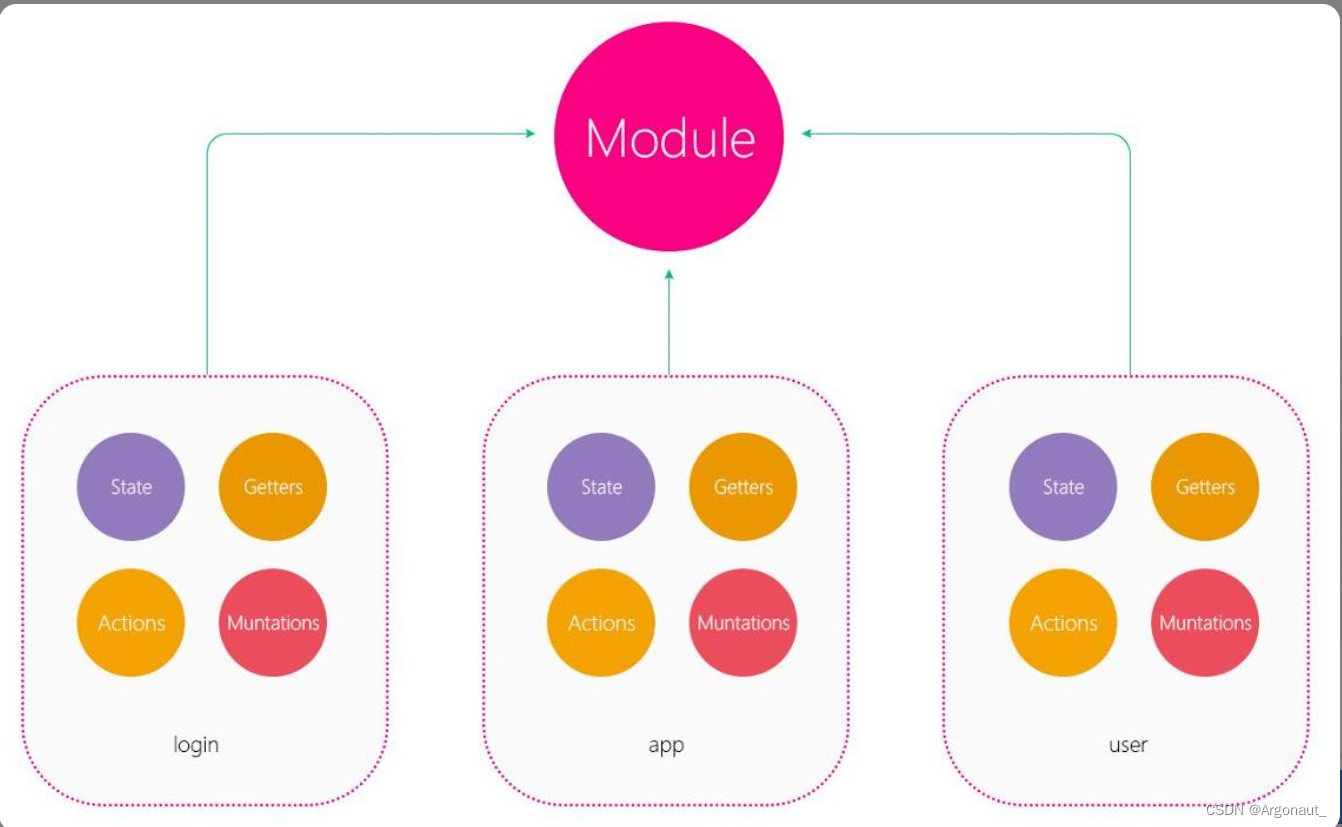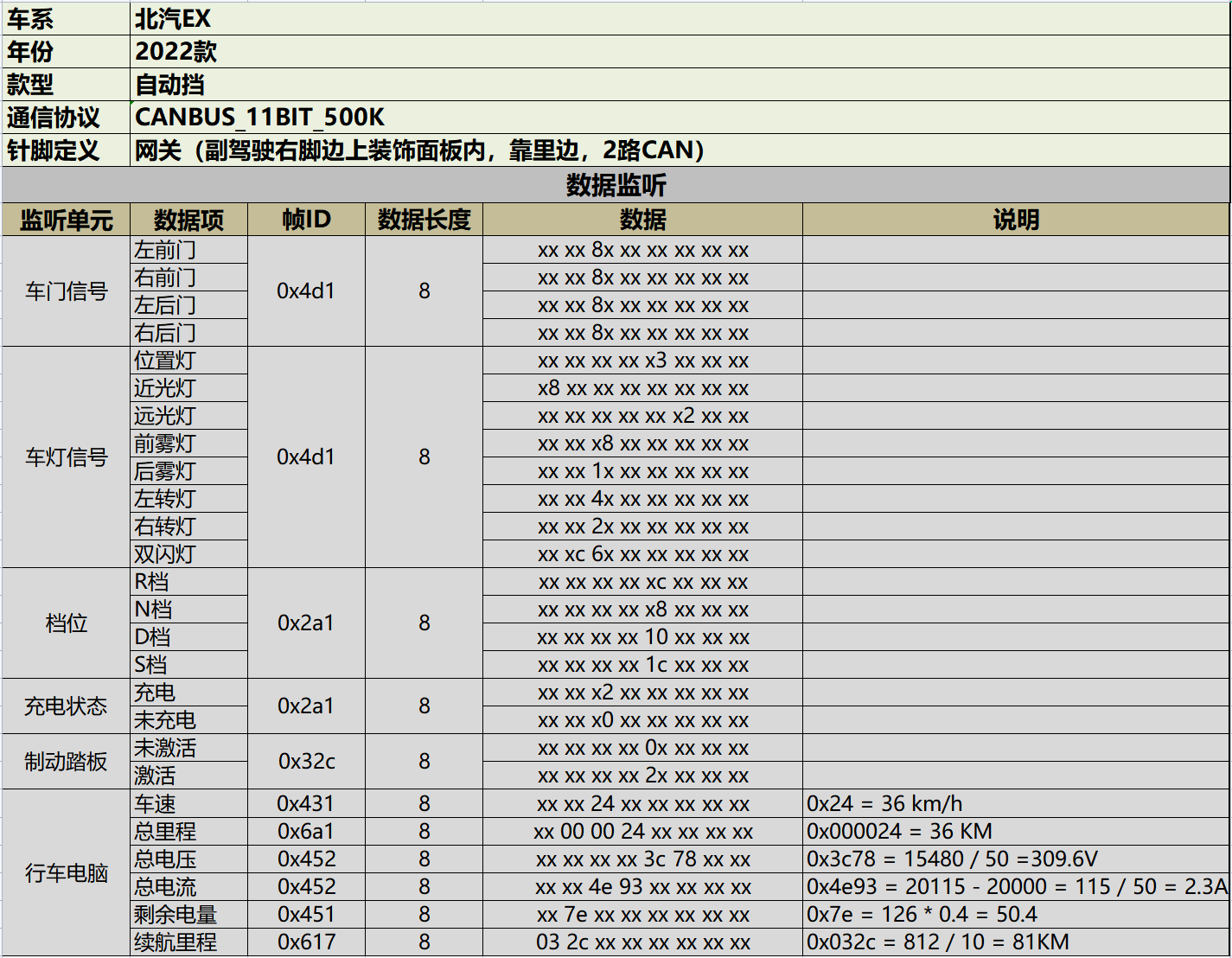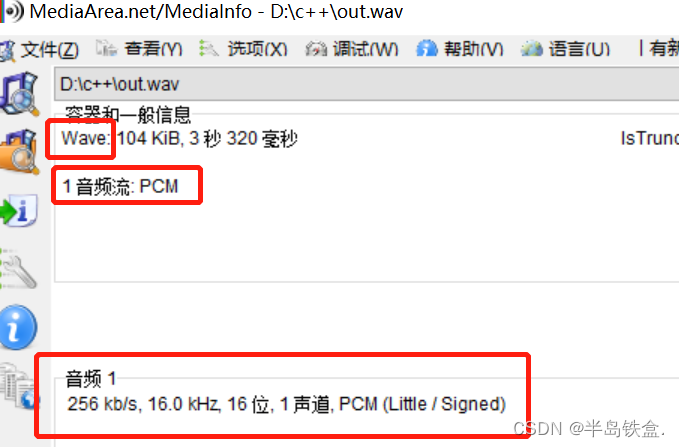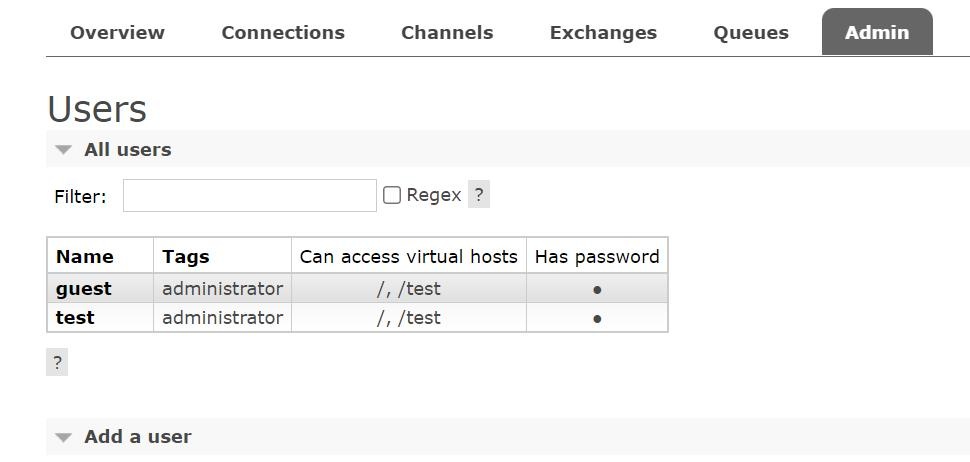环境如下:
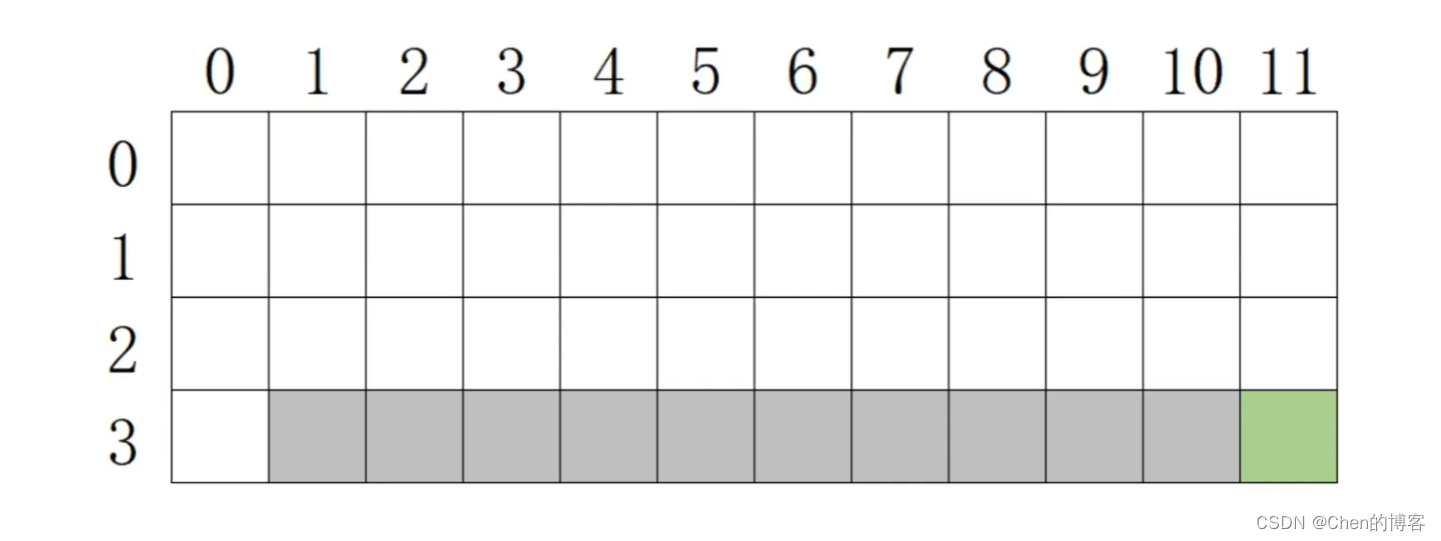
这是一个简单的环境,绿色方块代表终点,白色方块代表可行点,灰色方块代表陷阱
用Sarsa算法和Q_learning算法训练得到value表格
代码如下:
(jupyter notebook上的代码,所以顺序看起来有点儿奇怪)
def get_state(row,col):
if row!=3:
return 'ground'
elif col==0:
return 'ground'
elif col==11:
return 'terminal'
else:
return 'trap'
def envirment(row,col,action):
if action==0:
row-=1
elif action==1:
row+=1
elif action==2:
col-=1
elif action==3:
col+=1
next_row=min(max(0,row),3)
next_col=min(max(0,col),11)
reward=-1
if get_state(next_row,next_col)=='trap':
reward=-100
elif get_state(next_row,next_col)=='terminal':
reward=100
return next_row,next_col,reward
import numpy as np
import random
Q_pi=np.zeros([4,12,4])
def get_action(row,col):#获取下一步的动作
if random.random()<0.1:
return random.choice(range(4))#随机选一个动作
else:
return Q_pi[row,col].argmax()#选择Q_pi大的动作
def TD_sarsa(row,col,action,reward,next_row,next_col,next_action):
TD_target=reward+0.9*Q_pi[next_row,next_col,next_action] #sarsa
# TD_target=reward+0.9*Q_pi[next_row,next_col].max()#Q_learn
TD_error=Q_pi[row,col,action]-TD_target
return TD_error
def train():
for epoch in range(3000):
row = random.choice(range(4))
col = 0
action = get_action(row, col)
reward_sum = 0
# print(action)
while get_state(row, col) not in ['terminal', 'trap']:
next_row, next_col, reward = envirment(row, col, action)
reward_sum += reward
# print(row,col,next_row,next_col)
next_action = get_action(next_row, next_col)
TD_error = TD_sarsa(row, col, action, reward, next_row, next_col, next_action) # Q_learn时可以少传一个变量next_actio
Q_pi[row, col, action] -= 0.1 * TD_error
# print(row,col,next_row,next_col)
row = next_row
col = next_col
action = next_action
# print("epoch")
if epoch % 150 == 0:
print(epoch, reward_sum)
train()
#打印游戏,方便测试
def show(row, col, action):
graph = [
'□', '□', '□', '□', '□', '□', '□', '□', '□', '□', '□', '□', '□', '□',
'□', '□', '□', '□', '□', '□', '□', '□', '□', '□', '□', '□', '□', '□',
'□', '□', '□', '□', '□', '□', '□', '□', '□', '○', '○', '○', '○', '○',
'○', '○', '○', '○', '○', '❤'
]
action = {0: '↑', 1: '↓', 2: '←', 3: '→'}[action]
graph[row * 12 + col] = action
graph = ''.join(graph)
for i in range(0, 4 * 12, 12):
print(graph[i:i + 12])
from IPython import display
import time
def test():
#起点
row = random.choice(range(4))
col = 0
#最多玩N步
for _ in range(200):
#获取当前状态,如果状态是终点或者掉陷阱则终止
if get_state(row, col) in ['trap', 'terminal']:
break
#选择最优动作
action = Q_pi[row, col].argmax()
#打印这个动作
display.clear_output(wait=True)
time.sleep(0.1)
show(row, col, action)
#执行动作
row, col, reward = envirment(row, col, action)
print(test())
#打印所有格子的动作倾向
for row in range(4):
line = ''
for col in range(12):
action = Q_pi[row, col].argmax()
action = {0: '↑', 1: '↓', 2: '←', 3: '→'}[action]
line += action
print(line)
结果:
value表格指示的action
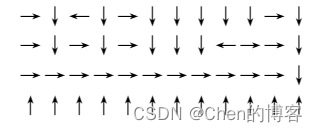
测试结果如下:
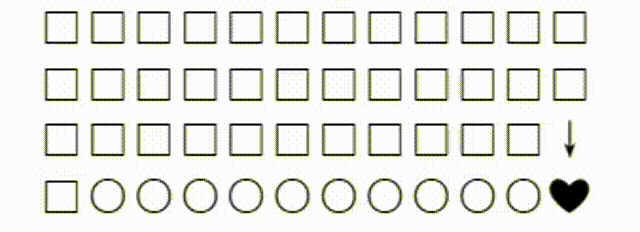
需要注意的是sarsa算法是跟一个策略函数
π
\pi
π相关联的,应该是通过
π
\pi
π来获取
a
t
和
a
t
+
1
a_t和a_{t+1}
at和at+1的,但是这个代码里没有策略函数
π
\pi
π,所以直接用value表格来求
a
t
和
a
t
+
1
a_t和a_{t+1}
at和at+1了,sarsa算法通常是在 Actor-Critic中担任’裁判’



